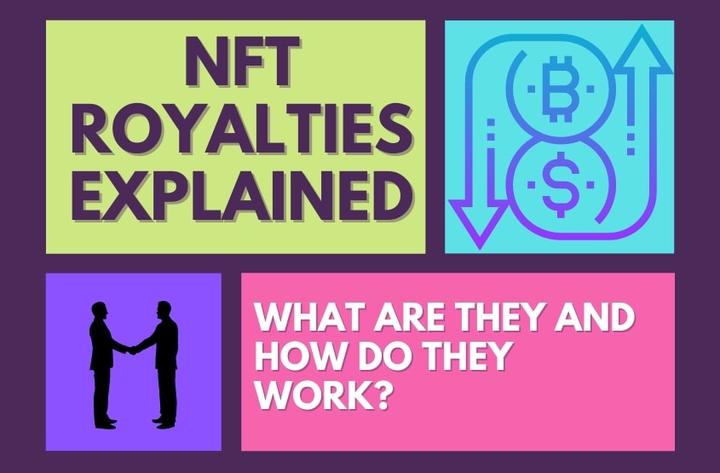Resale Royalty in Non-Fungible Token Marketplaces: Blessing or Burden for Creators and Platforms?

Abstract
Non-fungible token (NFT) marketplaces enable users to mint and trade digital assets, such as collectibles, trading cards, and digital artwork. Many of these platforms accommodate resale royalties, which return a predetermined percentage of the proceeds from future resales of the digital asset to the creator. Although the adoption of resale royalties may seem beneficial for NFT creators by providing a recurring source of income, it could have unintended consequences on the sales price and the liquidity of the underlying NFT, potentially affecting both the platform’s commission revenue and the creator’s short-term return. In this paper, we aim to understand the antecedents and consequences of resale royalties. Specifically, we empirically investigate the impact of minting costs on royalty rates and subsequently, the effects of resale royalties on primary market sales prices and liquidity. Our identification strategy combines a difference-in-differences model that leverages a policy change that eliminated up-front minting fees for creators and an instrumental variables approach. We find that NFT creators reduce royalty rates when they mint an NFT without incurring minting costs. Furthermore, we observe that higher royalty rates lead to reduced sales prices in the primary market, suggesting the presence of a delayed gratification effect as creators hope for future royalty payments. We also investigate the underlying mechanisms, and we find that NFT creators who are more confident about future resales tend to lower their primary sale prices but are unable to recoup those losses in the short term, providing evidence of an overconfidence effect. Surprisingly, we find that the presence of resale royalties also negatively affects market liquidity despite reduced sales prices. Our findings offer immediate implications for creators and platforms regarding resale royalty strategies and whether to enforce royalties.